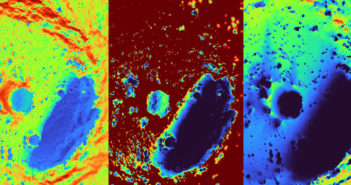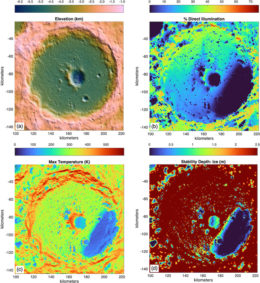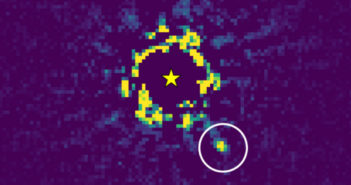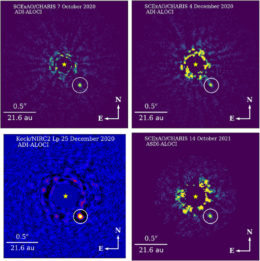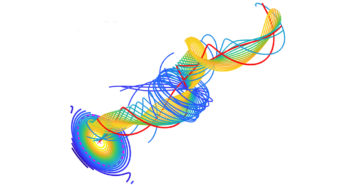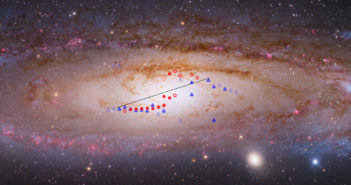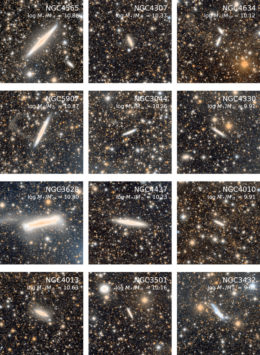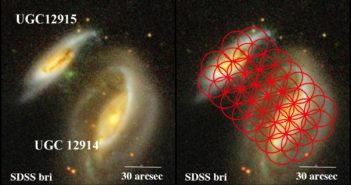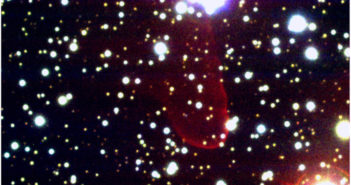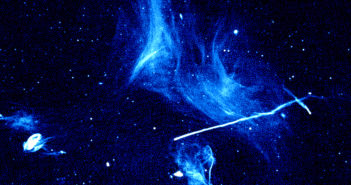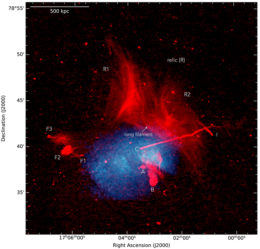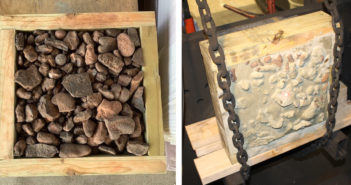
Featured Image: An Asteroid-Impact Test on Earth
Today’s the day! At 7:14 pm EDT, the Double Asteroid Redirection Test (DART) spacecraft will slam into the asteroid Dimorphos to explore the possibility that we can reroute an asteroid headed toward Earth by smashing a spacecraft into it. Back on Earth, a research team led by James Walker (Southwest Research Institute) prepared for today’s impact with a collision of their own; the team loaded limestone and hematite stones into a wooden frame, pictured above, secured the stones with concrete, and launched a 3-centimeter-wide aluminum sphere at the target — at 5.44 kilometers per second. The impact completely dismantled the target, which was designed to approximate the properties of a rubble-pile asteroid, and reduced much of the rock and concrete to a fine powder. While the particulars of the setup are different from those of DART and Dimorphos, this test gives us a way to assess the modeling tools that researchers will use to understand the outcome of the DART mission. To learn more about this experiment and check out the aftermath, be sure to read the full article below.
Bonus
Want to learn more about the DART mission? You can read about other preparations for and expected insights from the DART–Dimorphos impact in a recent Focus Issue of the Planetary Science Journal.
Citation
“Momentum Enhancement from a 3 cm Diameter Aluminum Sphere Striking a Small Boulder Assembly at 5.4 km s−1,” James D. Walker et al 2022 Planet. Sci. J. 3 215. doi:10.3847/PSJ/ac854f
